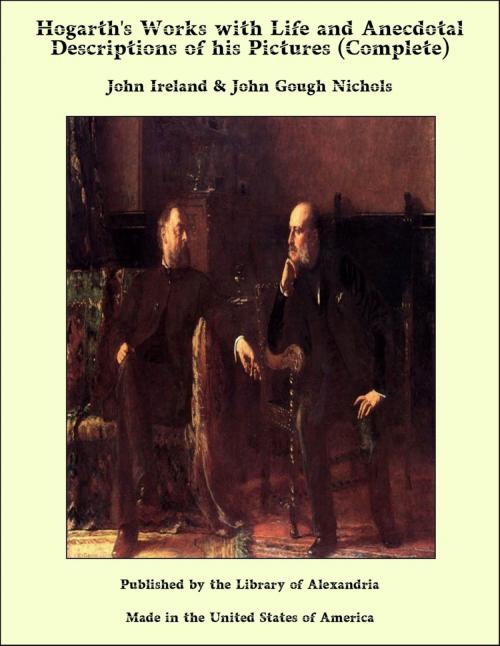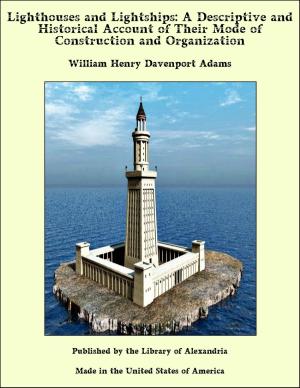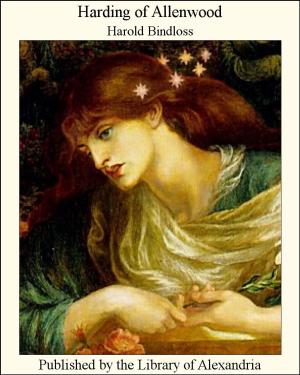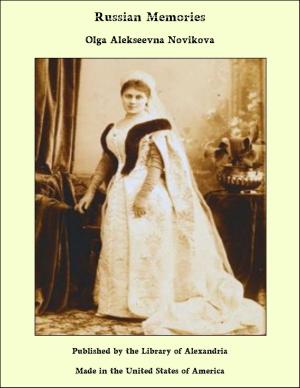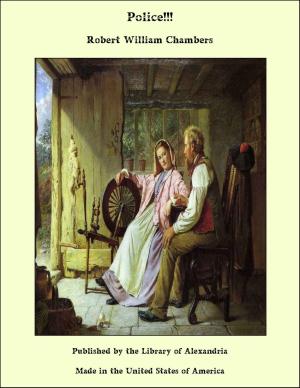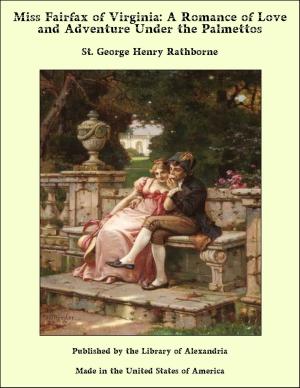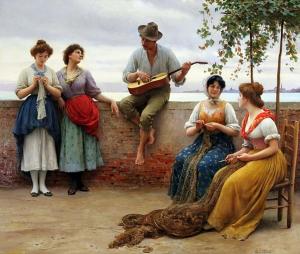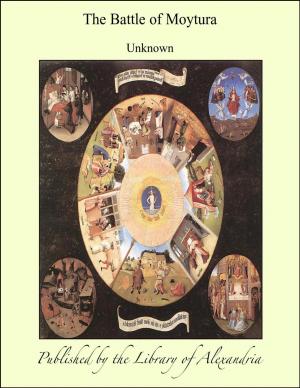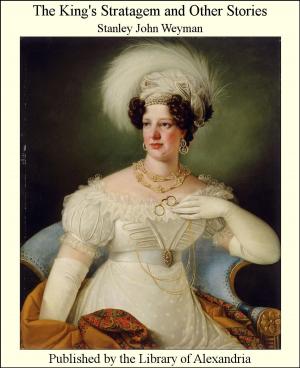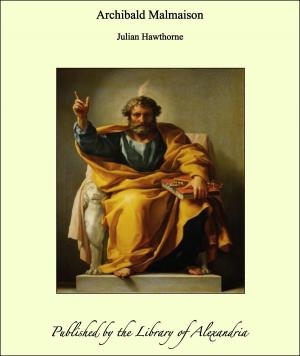Hogarth's Works with Life and Anecdotal Descriptions of his Pictures (Complete)
Nonfiction, Religion & Spirituality, New Age, History, Fiction & Literature| Author: | John Ireland & John Gough Nichols | ISBN: | 9781465608048 |
| Publisher: | Library of Alexandria | Publication: | March 8, 2015 |
| Imprint: | Language: | English |
| Author: | John Ireland & John Gough Nichols |
| ISBN: | 9781465608048 |
| Publisher: | Library of Alexandria |
| Publication: | March 8, 2015 |
| Imprint: | |
| Language: | English |
Hogarth is essentially English—brave, straight-forward, manly; never pandering to fashion or fancy. When he had to deal with sin and misery, he met them full in the face, bating no whit of their repulsiveness; and in all his works, wherever a moral is to be drawn, it is a noble and a healthy one. In his merry moods he is irresistibly comic; when he stands forward as a censor of morals, he is terrible in his truth; when he creates a character, it is always human and complete,—a true reflex of the age in which he lived. Times may change, and costumes, but humanity remains much the same. Take any series of the splendid list, and the people who crowd the canvas live and move amongst us with different names and other attire. Such suggestive cognomens as Mary Hackabout are not in use; nor do procuresses haunt such localities as Wood Street in pursuit of their vile calling. The course of fashion, as of empire, has taken its way westward; but the whole story of the Harlot's Progress is as fresh and as applicable to a season in 1873 as it was a hundred and forty years before. Have we not Tom Rakewells in scores among us; and had Hogarth been living now, would he not have interpolated another picture of the degradation attained by the spendthrift when he enters the employment of the moneylender as a decoy to poor flies such as he was himself at the beginning of the chapter? The function of the satirist is still needed, and there is no danger of the works of William Hogarth proving to be out of date. Probably no artist ever told stories so well; certainly no one ever acquired such a reputation, and there is no reason why his splendid monuments should be found only in the libraries of the wealthy. Every one should know something of him besides his moral lessons, since, of all the moral lessons he ever taught, his life formed the most pointed. Fearlessness and honesty were his watchwords from his early career of art, after being released from the silversmith's apprenticeship in 1720 until the day of his death in 1764, when he retired from mundane existence full of years and honours. As Ireland declares him to have asserted, his drawings were meant for the crowd rather than for the critics; and with that intention his book was commenced, the original design being to comprise in one volume "a moral and analytical description of seventy-eight prints;" but as the work advanced, such an amount of anecdote and illustrative comment suggested itself, that he was compelled to adopt the three-volume form which is here followed, with the further addition to which we have alluded, of such a full description and reproduction as the original compiler, from accident or design, omitted. These will be found in the third volume, and include many of the most important and meritorious works of the great artist. It has been found advisable to change the ornamental and sometimes indistinct lettering of the original plates, and to adopt a consistent and uniform style of titles. At the same time the elaborate catalogue compiled by Ireland is preserved, since it is still highly valuable as a chronological list of every effort of Hogarth's hand, although it would be folly to attempt a reproduction of every variation it contains. The system pursued by Ireland and Nichols is followed, and the Publishers venture to congratulate themselves on submitting to the notice of the artistic and literary world, as well as to the public generally, the best and cheapest edition of Hogarth's complete works ever brought forward.
Hogarth is essentially English—brave, straight-forward, manly; never pandering to fashion or fancy. When he had to deal with sin and misery, he met them full in the face, bating no whit of their repulsiveness; and in all his works, wherever a moral is to be drawn, it is a noble and a healthy one. In his merry moods he is irresistibly comic; when he stands forward as a censor of morals, he is terrible in his truth; when he creates a character, it is always human and complete,—a true reflex of the age in which he lived. Times may change, and costumes, but humanity remains much the same. Take any series of the splendid list, and the people who crowd the canvas live and move amongst us with different names and other attire. Such suggestive cognomens as Mary Hackabout are not in use; nor do procuresses haunt such localities as Wood Street in pursuit of their vile calling. The course of fashion, as of empire, has taken its way westward; but the whole story of the Harlot's Progress is as fresh and as applicable to a season in 1873 as it was a hundred and forty years before. Have we not Tom Rakewells in scores among us; and had Hogarth been living now, would he not have interpolated another picture of the degradation attained by the spendthrift when he enters the employment of the moneylender as a decoy to poor flies such as he was himself at the beginning of the chapter? The function of the satirist is still needed, and there is no danger of the works of William Hogarth proving to be out of date. Probably no artist ever told stories so well; certainly no one ever acquired such a reputation, and there is no reason why his splendid monuments should be found only in the libraries of the wealthy. Every one should know something of him besides his moral lessons, since, of all the moral lessons he ever taught, his life formed the most pointed. Fearlessness and honesty were his watchwords from his early career of art, after being released from the silversmith's apprenticeship in 1720 until the day of his death in 1764, when he retired from mundane existence full of years and honours. As Ireland declares him to have asserted, his drawings were meant for the crowd rather than for the critics; and with that intention his book was commenced, the original design being to comprise in one volume "a moral and analytical description of seventy-eight prints;" but as the work advanced, such an amount of anecdote and illustrative comment suggested itself, that he was compelled to adopt the three-volume form which is here followed, with the further addition to which we have alluded, of such a full description and reproduction as the original compiler, from accident or design, omitted. These will be found in the third volume, and include many of the most important and meritorious works of the great artist. It has been found advisable to change the ornamental and sometimes indistinct lettering of the original plates, and to adopt a consistent and uniform style of titles. At the same time the elaborate catalogue compiled by Ireland is preserved, since it is still highly valuable as a chronological list of every effort of Hogarth's hand, although it would be folly to attempt a reproduction of every variation it contains. The system pursued by Ireland and Nichols is followed, and the Publishers venture to congratulate themselves on submitting to the notice of the artistic and literary world, as well as to the public generally, the best and cheapest edition of Hogarth's complete works ever brought forward.
